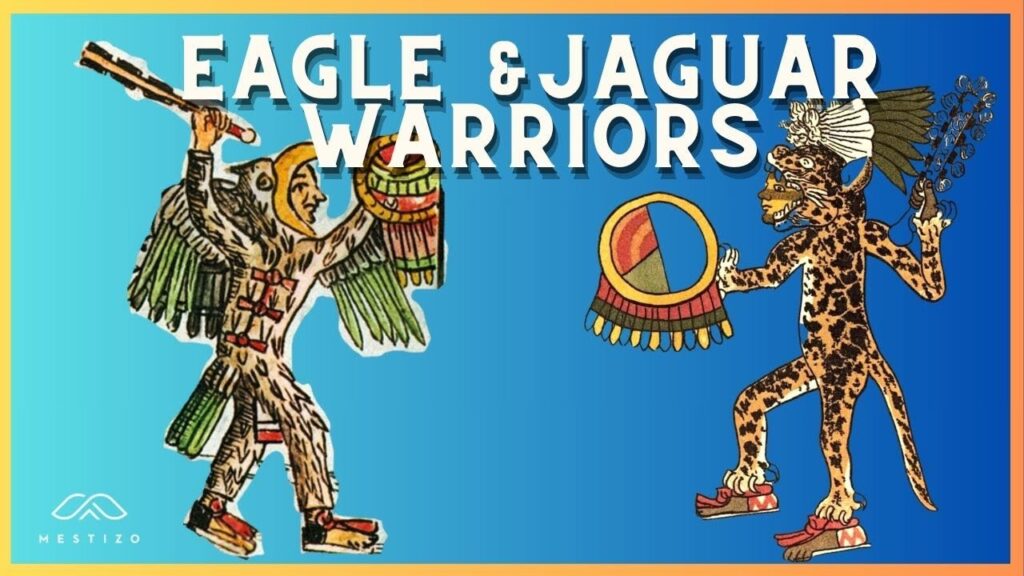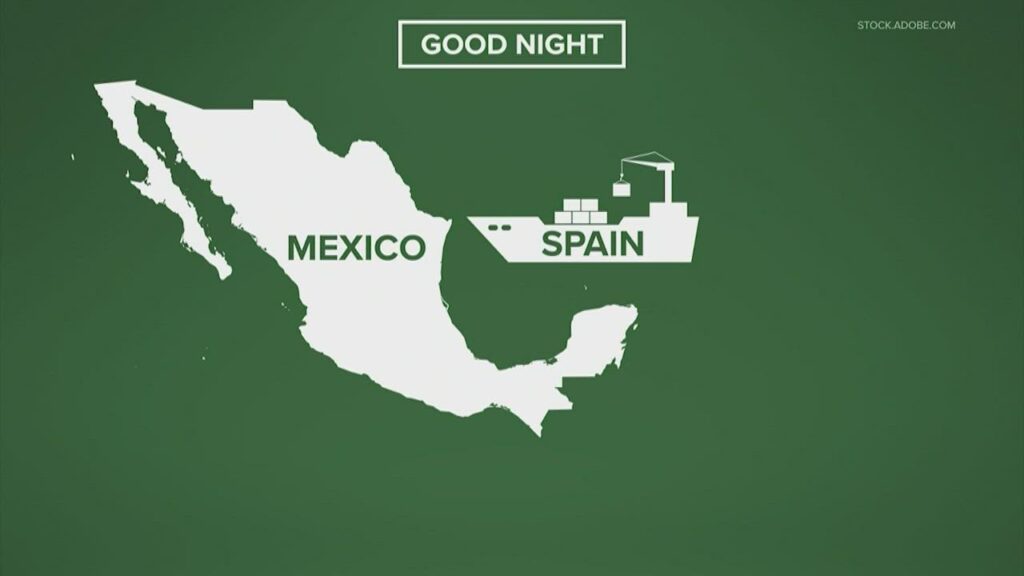Unveiling the Mystery of the Eagle Warrior in Ancient Mexico
The Eagle Warriors, or ‘Cuāuhtli’ as they were known in the Nahuatl language, constituted an elite class of infantry soldiers in the mighty Aztec army. Revered for their superior fighting skills, these warriors were the embodiment of bravery and strength in Aztec society. They dressed splendidly for battle, adorning themselves with striking eagle feathers and wearing helmets fashioned to resemble the head of the mighty bird they represented. The imagery was more than decorative; it was symbolic, designed to imbue these fierce warriors with the power, freedom, and majesty of the eagle—a creature revered throughout Mesoamerica.
The initiation of an Eagle Warrior was as rigorous as their role was esteemed. Boys selected for this path underwent extensive training, learning the arts of combat, leadership, and religious rites. Their progress was marked not just by their prowess on the battlefield, but also by the number of enemies they captured for religious sacrifice—an act they believed vital to appease the gods and ensure the sun would rise each day. Eagle Warriors earned their rank through such acts of valor and skill; the title was not given lightly, requiring both dedication and proven success in battle.
As agents of the sun god Huitzilopochtli, Eagle Warriors played a crucial role in the lifeblood of Aztec religious ceremonies. They were tasked with capturing prisoners to be offered as sacrifices during rituals, thus ensuring the sun’s continued orbit, which they believed was contingent upon the sustenance of divine blood. Their appearance was designed not just for intimidation but also to honor Huitzilopochtli, whose avatar the eagle was. Their regalia was rich in symbolism, from the eagle-feathered costumes, which granted them the grace of the skies, to their obsidian-bladed weapons, which reflected the tenacity of the earth.
Today, much of what we know about the Eagle Warriors comes from both the archaeological findings and the records kept by both Aztec and Spanish chroniclers. Burial sites such as the Templo Mayor in Tenochtitlán have provided a glimpse into the role and respect that Eagle Warriors commanded in their society. The discovery of ornate eagle statues and warriors’ remains adorned with the regalia of the Eagle Warriors instills awe and deepens our curiosity about this noble warrior class, whose legends continue to captivate us in the present day.
The Jaguar Warrior: A Symbol of Power in Pre-Hispanic Mexico
The jaguar, a magnificent and powerful feline, commanded great respect among the ancient civilizations of Mesoamerica. For the people of pre-Hispanic Mexico, the jaguar was not only a masterful hunter but also a spiritual emblem of strength and authority. This majestic animal’s image was deeply intertwined with the mythology and iconography of the region, leading to the creation of one of the most revered military orders: the Jaguar Warriors.
Bearing the skins of jaguars as they went into battle, the Jaguar Warriors, or Ocelotl in the Nahuatl language, were among the elite military units in the Aztec society. They were fierce fighters who utilized the psychological advantage of their appearance and the agility reminiscent of their namesake to intimidate their enemies. To become a Jaguar Warrior was to earn a place of honor in Aztec society, as it required both noble birth and exceptional martial prowess.
The symbolism of the jaguar extended beyond the battlefield. It permeated religious ceremonies, where the agility and might of the jaguar were invoked for divine protection and favor. In the cosmology of the pre-Hispanic peoples, the Jaguar Warrior was associated with the god Tezcatlipoca, a deity of the night sky, conflict, and sorcery. The jaguar thus represented the shrouded mysteries of the night and the latent power within the warrior class of ancient Mexico.
Training and Tactics of the Elite Eagle and Jaguar Warriors
Within the fascinating historical tapestry of Mexico lies the tale of the Aztecs and their elite warriors, distinguished by their prowess and symbolic regalia — the Eagle and Jaguar warriors. These warriors were amongst the most fearsome and respected on the battlefield, not just for their strength in combat, but also for their extensive and rigorous training, as well as their strategic tactics.
The Path to Becoming an Elite Warrior
Initiation of young warriors into the ranks of the Eagle or Jaguar units was no easy feat. It required a display of valor and skill during battles. Prospective members were often from the nobility, already trained in the distinguished Calmecac school. There, they learned not only about warfare but also about leadership, astronomy, and the sacred Aztec religion.
Daunting Regiment of the Warrior Training
The intensive training program for these elite warriors involved mastering the use of traditional weapons, such as the macuahuitl (a wooden sword inlaid with obsidian blades) and the atlatl (spear-throwing device). Physical endurance was built through harsh, often brutal, exercises which included long-distance running, swimming fully clothed to simulate combat conditions, and engaging in mock battles.
Strategic Warfare and Tactical Brilliance
On the battlefield, Eagle and Jaguar warriors leveraged their training, adopting shock-and-awe tactics to scare and disorient their enemies. They often led surprise attacks during the dawn or at twilight, taking advantage of their stealth and the symbolic fear their warrior costumes instilled. Their strategic placement on the battlefield was also crucial in securing victories, using the environment to their advantage to set up ambushes or encircle their foes.
Significance of War Trophies
For an Eagle or Jaguar warrior, capturing enemies was an essential aspect of their role. It was through these captives that warriors could progress through the ranks and earn their distinctive insignia. It wasn’t the act of killing but rather the art of capturing adversaries that was seen as the true measure of a warrior’s skill and bravery, reflecting their training’s focus on strategy and precision over sheer brutality.
By delving into the history and rich cultural heritage of Mexico, one gains a deeper appreciation for the dedication and skill of the Eagle and Jaguar warriors. Their legacy continues to inspire explorations of bravery, strategy, and the ancient practices that once shaped the powerful Aztec Empire.
Legacy of the Eagle and Jaguar Warriors in Modern Mexican Culture
In the heart of Mexico’s vibrant cultural tapestry, the ancient Aztec warriors known as the Eagle and Jaguar Warriors continue to inspire awe and spiritual significance among modern Mexicans. These revered figures were not merely soldiers but esteemed members of elite military orders in the Aztec society. Even today, their legacy permeates various aspects of culture, symbolizing strength, bravery, and the spiritual bond with the divine.
The Eagle Warriors, known for their impressive headgear representing the majestic bird of prey, symbolize the sun, the heavens, and the power of the divine. Today, this imagery is still prominent in Mexican folklore and art, intriguing and inviting both locals and tourists to delve deeper into the country’s rich heritage. The Jaguar Warriors, stealthy and mighty, represented the night and were associated with the goddess of the earth. Modern depictions often celebrate their prowess and their strategic military importance during the Aztec era.
Festivals and public celebrations serve as vibrant platforms where the spirit of these warriors is vividly reenacted. Dancers don masks and costumes reminiscent of the Eagle and Jaguar Warriors during traditional ceremonies and parades, particularly in cities like Mexico City where pre-Hispanic traditions are meticulously preserved. These performances not only pay homage to the valiant history but also educate the younger generations about the significance of these figures in shaping their cultural identity.
Within contemporary Mexican culture, the motifs of the Eagle and Jaguar are often employed to express national pride and unity. They appear in various forms, from murals and tattoos to clothing and national symbols, demonstrating the enduring relevance of the Eagle and Jaguar Warriors. These icons not only serve as a nod to the past but as a continuous source of inspiration, reflecting the unyielding spirit and resilience of the Mexican people.



